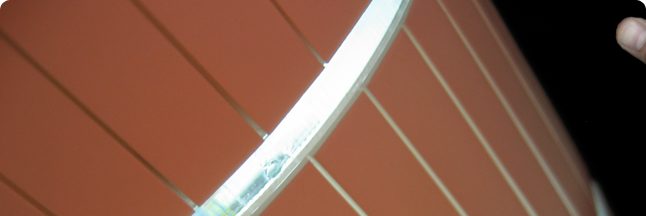Music = Interaction
This one week individual course dealt with designing a new interaction based on a classical piece of music. It’s essence was not to reflect the movements of the music, but to capture the underlying elements and emotions. The music excerpt for this design was Olden Style Pieces I by Henryk Gorecki, a polish composer of contemporary classical music.
The Prototype
Having experienced the music for several hours, analyzing it’s underlying elements and emotions, the conclusion was made that it dealt with repetition, slowly building, with a conclusion at the end, as if a certain goal was reached.
the concept was integrated into the design of an interative light system with the interactivity focussing on the activation of the light.
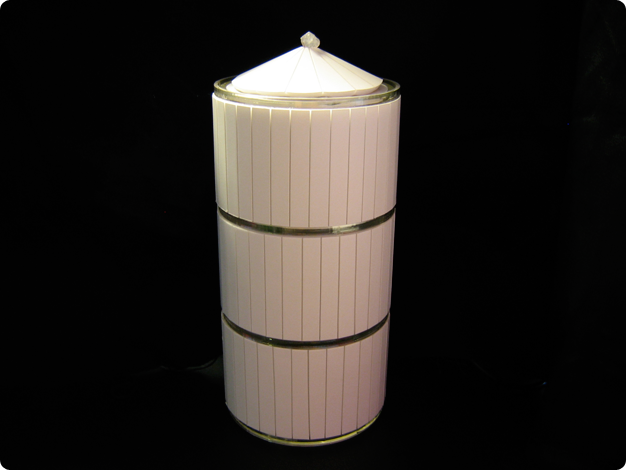
Upon rotation of the lowest foam panel, the bottom segment would adjust it brightness: counter-clockwise rotation meant a decrease in brightness, and clockwise rotation resulted in an increase in brightness.
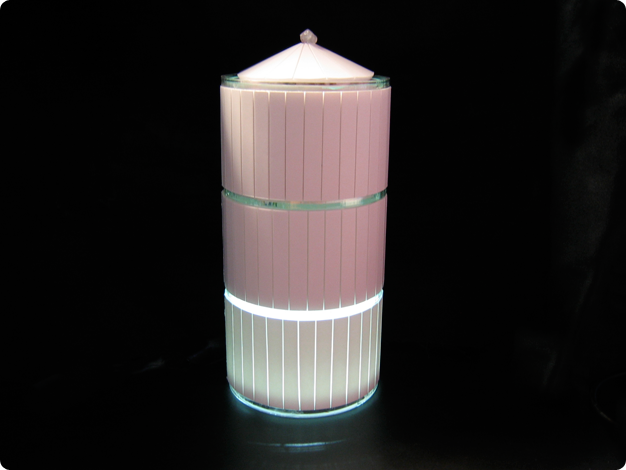
When the brightness of the bottom segment was set to its maximum, the middle segment would be activated. When this segment reached its maximum brightness, the top segment was activated. When the top segment was eventually set to its maximum brightness, the segments would switch off their lights one by one, starting at the bottom. When this action was completed, the top most light switched on, capturing the light inside the crystal. This illustrated the completed interaction.
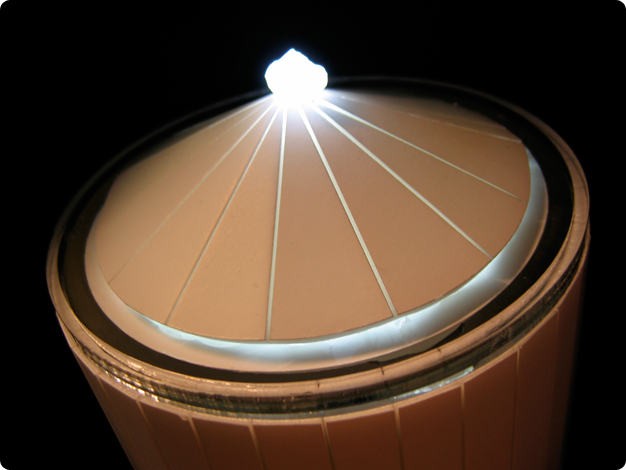

The Process
Opening Flower
The first iterations dealt with the motion of opening flower petals. This was visualized with various orgami flowers.
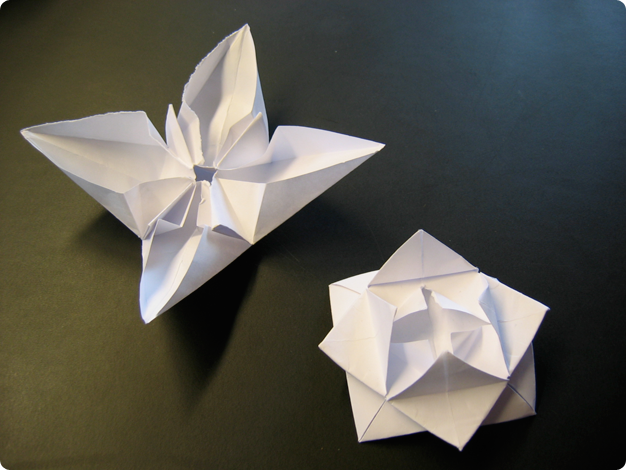
Prototype Two
An interactive prototype, based on the continuous repetition aspect of the music, was constructed using a glass tube and circular foam panels. These panels would allow for rotation, with each panel operating a particular segment of the lighting inside.
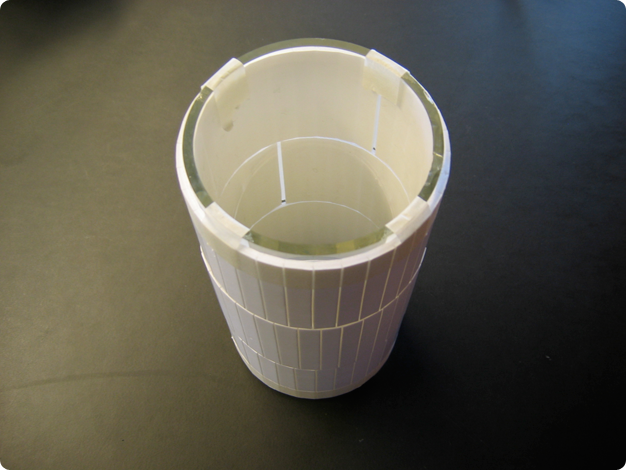
Inertia to Music
The foam’s adherence to the glass resulted in a feeling of inertia, something obstructing rapid movement of the foam panels, in turn strenghtening the link with the slow-paced music.
The first prototype was used as a demonstrator for further study of the subject at hand. Feedback and experiences with modelling pointed out the unfeasability of constructing such an elaborate flower-petal mechanism in the three remaining days.
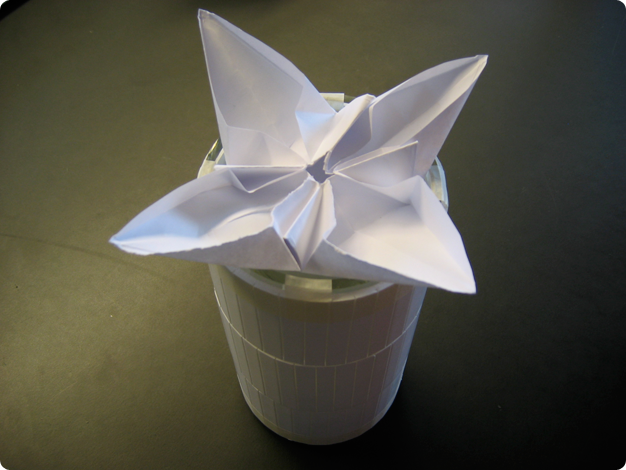
The Electronics
This ultimately resulted in a different approach where the prototype would have three movable panels, each operating a single segment of the tube. Finally this light would be bundled at the top.
The final prototype was constructed using the glass tube from the first iteration, combined with various high power LED’s and light sensors to measure the rotation of the foam panels through the glass.
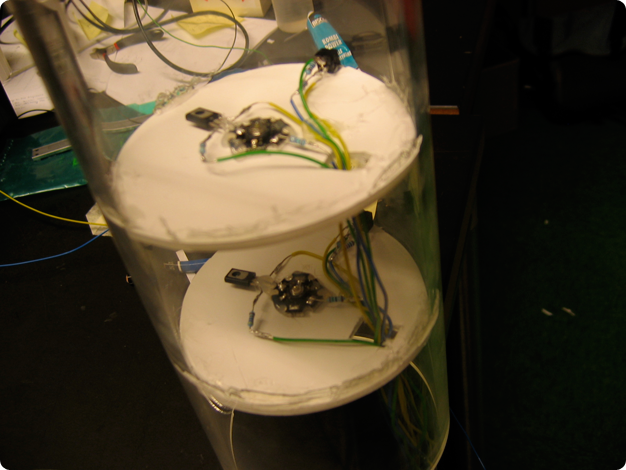
Again utilizing the inertia from the foam panels,separated by small plastic rings, the interaction for the light segments was complete. In the final hour a cap was fitted at the top with a small salt crystal to capture the bundle of light.

Stats
completed in: November, 2008
time spent on project: 1 intense week
stakeholder: Department of Industrial Design
